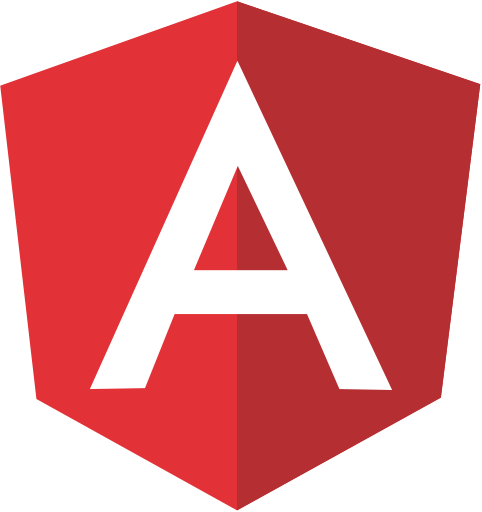The following are code snippets to enable a localized container for WordPress. The effort here is to eliminate specific folders from development and leave that up to the production server to serve.
You also don’t have to worry about WordPress core as that is handled by the official WP Docker store.
.htaccess
By utilizing this file, you’ve effectively eliminated the need of having to download your whole /wp-content/uploads folder (which is typically the largest content on your WP site.
# ==========================================================
# Redirects uploads to production.
# ==========================================================
<IfModule mod_rewrite.c>
RewriteCond %{REQUEST_FILENAME} !-d
RewriteCond %{REQUEST_FILENAME} !-f
RewriteRule ^wp-content/uploads/(.*)$ https://www.DOMAINNAME.com/wp-content/uploads/$1 [R=301,NC,L]
</IfModule>
# ==========================================================
# Docker WordPress
# ==========================================================
# BEGIN WordPress
<IfModule mod_rewrite.c>
RewriteEngine On
RewriteBase /
RewriteRule ^index\.php$ - [L]
RewriteCond %{REQUEST_FILENAME} !-f
RewriteCond %{REQUEST_FILENAME} !-d
RewriteRule . /index.php [L]
</IfModule>
# END WordPress
docker-compose.yml
To automate the creation of the containers, put this on your root project folder:
Gist: docker-compose.yml
Create Folders
Create the following folders from the root of your project:
- wp-content
- wp-content/themes
- wp-content/plugins
- wp-content/uploads
Docker Commands
| docker-compose up -d | Builds your containers. |
| docker-compose down | Removes containers. |
| docker-compose down -v | Removes containers and associated volumes stored on your computer. |
| docker exec -it container_name bash | SSH into the container. |
Next Steps
From here, you’ll have the assets and local DB/Apache required to make these work. You’ll STILL get an error message. The next steps are required to get your production DB + Assets on your computer:
- Export a fresh copy of your database and make sure you don’t select “create schema” if you’re using something like MySQL Workbench. I use the following settings in MySQL Workbench:
- Select all under: Objects to Export
- Select: Export to Self-Contained File
- Check: Create dump in a single transaction (self-contained file only)
- Import the fresh self-contained file using your importer. Important: select “wordpress” as the schema/database you’re importing to.
- Make sure to update wp_options from your MySQL client/CLI to reflect your local development URL: http://localhost:8080
This should be sufficient to see your website on your own dev computer. However, if you’ve hardcoded your URLs on your content, there could be issues. If you’re reading this, I’m sure you already know how to fix those 🙂

